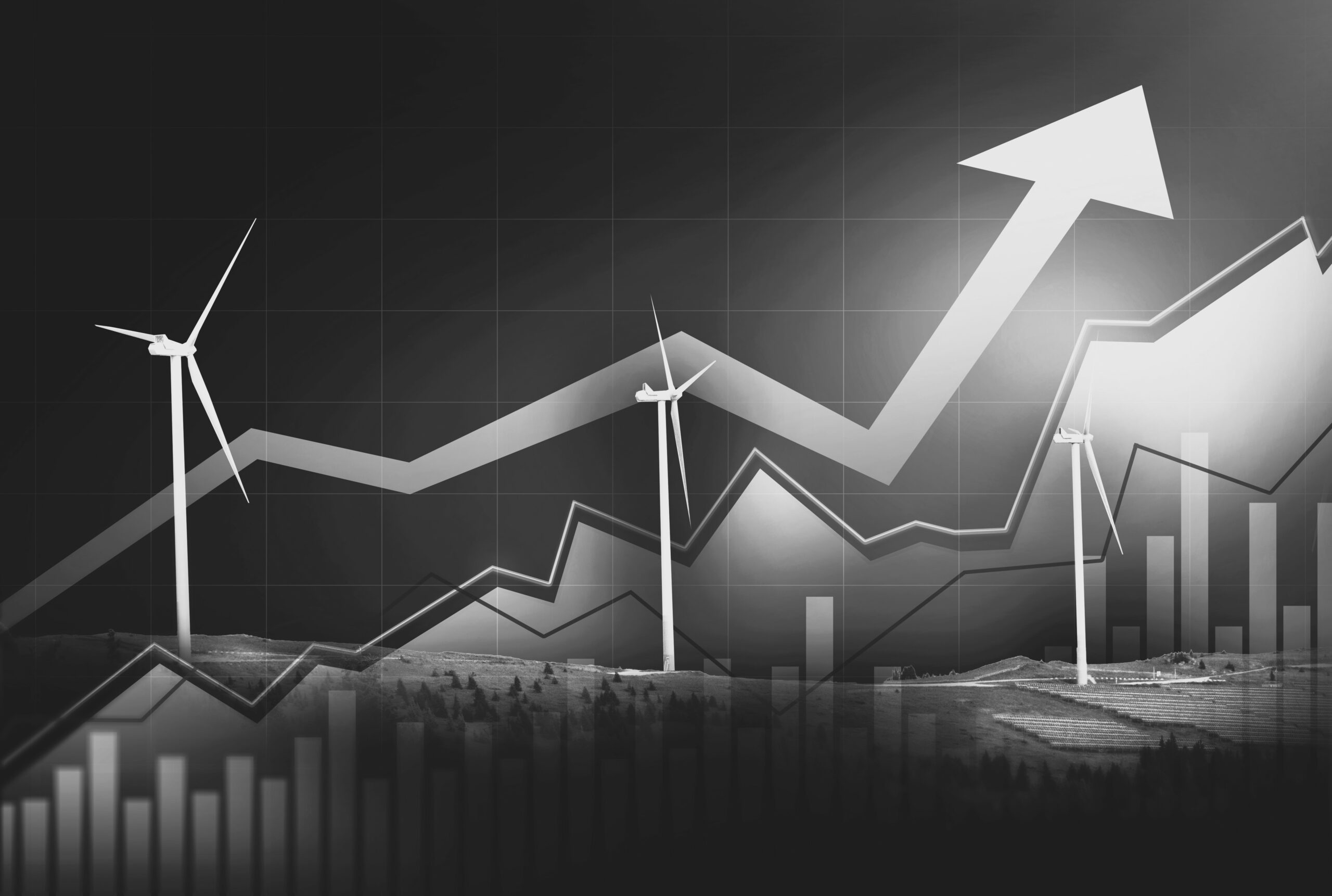L’entrée de l’éolien dans les marchés électriques

Date
13 janvier 2016Lieu
Salle Raymond Aron - Université Paris Dauphine-PSLDescription
PROGRAMME
The Seminar on Research in Energy Economics at Paris-Sciences-Lettres (PSL) is jointly organized by the CERNA (MINES PARIS TECH), the CGEMP (Université Paris-Dauphine), the Chaire European Electricity Markets (Université Paris-Dauphine), and i3 (l’Institut interdisciplinaire de l’innovation), members of PSL. It is animated by François LEVEQUE (MINES PARIS TECH), Dominique FINON (Chaire European Electricity Markets, CNRS-CIRED) and Patrice GEOFFRON (Director, CGEMP, Université Paris-Dauphine).
Thomas-Olivier LEAUTIER, Professeur de Gestion à l’Université de Toulouse et Directeur de recherches à l’École d’Économie de Toulouse
Do Costs Fall Faster than Revenues? Dynamics of Renewables Entry into Electricity Markets
Presentation
In many countries, entry of renewable electricity producers has been supported by subsidies and financed by a tax on electricity consumed. This article analytically derives the dynamics of the residual generation mix, subsidy, and tax as renewable capacity increases. This enables us to complement and extend previous work by providing analytical expressions for previously obtained simulation results, and deriving additional results. The analysis yields three main findings. First, the subsidy to renewable may never stop, as the value of the energy produced may decrease faster than the cost as renewable capacity increases. Second, high renewable penetration leads to a discontinuity in marginal values, after which the subsidy and tax grow extremely rapidly. Finally, reducing the occurrence of negative prices, for example by providing renewable producers with financial instead of physical dispatch insurance, yields significant benefits.
Working Paper TSE-691, Juillet 2015, co-écrit avec Richard Green.
Marie PETITET, Doctorante CIFRE, Chaire European Electricity Markets, Université Paris-Dauphine
Carbon Price instead of Support Schemes: Wind Power Investments by the Electricity Market
Presentation
The paper studies wind power development within electricity markets with a significant carbon price as the sole incentive. Long term simulation of day-ahead electricity markets and investment decisions by System Dynamics modeling is used to trace the evolution of the electricity generation mix over a 20-year period from an initially thermal system. A range of constant carbon prices is tested to determine the value above which market-driven development of wind power becomes economically possible and at which scale. This requires not only economic competitiveness versus traditional fossil-fuel technologies in terms of levelized cost, but also profitability because the variability of the economic value of wind MWhs. In each carbon price case the share of renewables production reaches an equilibrium which depends on the carbon price level. Results stress that wind power is profitable for investors only if the carbon price is significantly higher than the price required for making wind power MWhs’ cost-price competitive. In this context, the market-driven development of wind power seems only possible if there is a strong commitment to climate policy, reflected in a stable and high carbon price. Moreover, market-driven development of wind power becomes more challenging if nuclear, even costly, is part of investment options.
Article à paraitre dans The Energy Journal, 2016, vol. 37 n° 4, co-écrit avec Tanguy Janssen et Dominique Finon.
